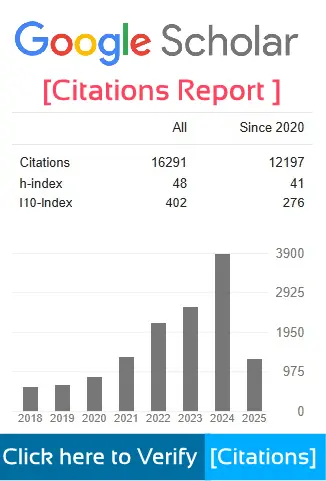- Download 342
- File Size 290.24 KB
- File Count 1
- Create Date 07/12/2022
- Last Updated 07/12/2022
A COMPLETE ASSESSMENT AND USE OF BIOINFORMATICS IN THE COVID-19
Dr CK GOMATHY, Assistant Professor, Department of CSE,
SCSVMV Deemed to be University, India
Mr. V.V.S.V.RONIT , Mr.N.S.VIGNESHWARA REDDY,
Mr. VENKATESHWARULU, Mr. S.SAI PRANAV
UG Scholars, Department of CSE, SCSVMV Deemed to be University, India
Abstract
The severe acute respiratory syndrome coronavirus type 2 (SARS-CoV-2) that causes the 2019 novel coronavirus illness (COVID-19) is a contagious virus that can spread from person to person. Over 228 million cases had been identified as COVID-19 infections as of September 21, 2021, over more than 200 nations and regions. As it has gradually spread over the world, there have been around 4.69 million fatalities, and the mortality rate has risen to about 2.05%.To combat the COVID-19 pandemic, it is crucial to investigate the properties of the novel coronavirus' genome and proteins, clinical diagnostics, pathogenic mechanisms, and the creation of antiviral medications and vaccines. The COVID-19-related investigations needed to comprehend the pandemic's occurrence are constrained by the limitations of conventional biology methods. Bioinformatics is the application of computational methods and analytical tools in the field of biological research, which has clear benefits in predicting the structure, outcome, function, and evolution of unidentified genes and proteins, as well as in drug and vaccine screening from a large amount of sequence data. Based on the most recent reports of bioinformatics technologies, we have here provided a thorough summary of some of the most significant COVID-19 approaches and applications with an eye on future research for containing the virus pandemic. The SARS-CoV-2 genome can be swiftly retrieved using third-generation sequencing (TGS) and next-generation sequencing (NGS) technology in addition to virus detection. The development of data on the SARS-CoV-2 genome sequences, variations, and haplotypes aids in our understanding of the structure of the genome and proteins, variant calling, mutation, and other biological traits. According to phylogenetic research and sequence alignment, the bat may be the novel coronavirus's native host. The mechanism of the immunological response generated by COVID-19 can be discovered via single-cell RNA sequencing, which is a rich source of information. Angiotensin-converting enzyme 2 (ACE2) can be explored as a possible therapeutic target to treat COVID-19 since it functions as an entrance receptor. The discovery of medications for SARS-CoV-2 can be sped up using molecular dynamics modelling, molecular docking, and artificial intelligence (AI) technologies of bioinformatics methodologies based on drug databases. In the meanwhile, computational methods such as reverse vaccination, immune informatics, and structural vaccination are helpful in identifying the best vaccinations to prevent COVID-19 infection.
Keywords: COVID-19, SARS-CoV-2, Application, Bioinformatics technology








